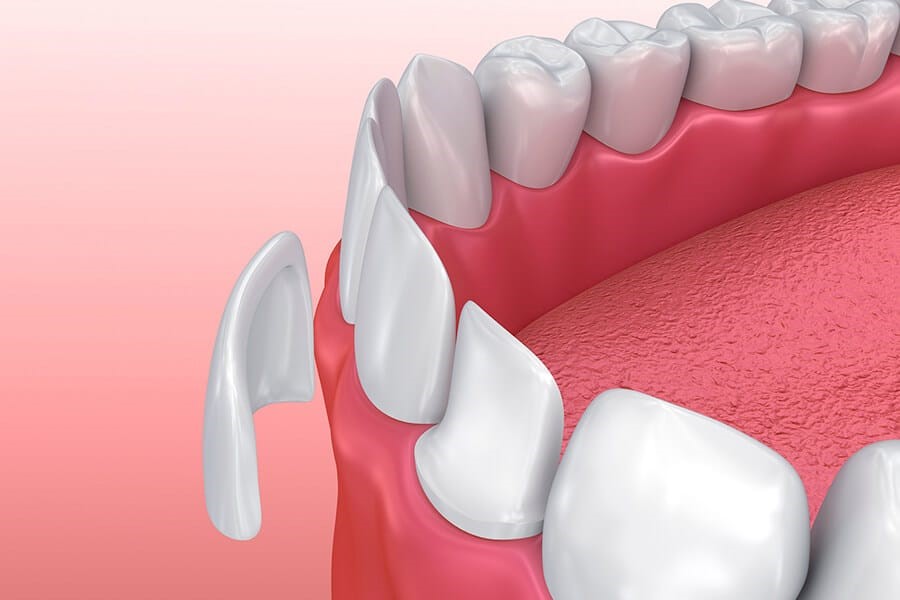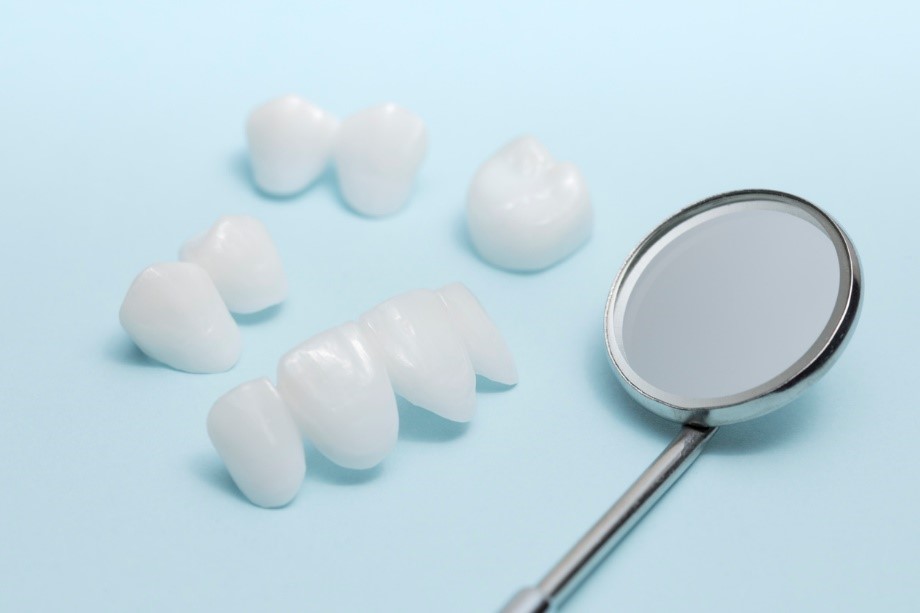Have you finally decided to get dental veneers? Well, you have certainly made a reasonable decision. These thin laminates have helped an endless number of people fix the shape and colour of their teeth with minimal invasiveness.
The crucial dilemma individuals need to solve before getting the treatment done is whether to install porcelain or composite veneers. The comparison of these options involves several factors, such as aesthetics, lifespan, procedure time, risks, and cost.
Each of these factors is explained below.
Aesthetics
When making a comparison between porcelain and composite veneers, the inceptive factor to compare is aesthetics. The properties of both materials should be considered when comparing the way in which they affect aesthetics. For instance, porcelain is highly popular for its translucent properties, which make veneers shine almost identically as natural teeth. Composite shells, however, fail to provide the same shine.
Regarding stains, porcelain veneers are mainly preferred for their stain-resistant nature. By opting for shells of this material, patients would eliminate the need for teeth whitening, which is not the case with composite resin. This material stains the same as natural teeth, meaning you will have to undergo teeth whitening at some point. Check out the potential causes of brown spots on your teeth.
Nevertheless, regarding aesthetics, veneers made of composite resin have at least one advantage, which is being reversible. It means they can be restored to their previous condition in the event of getting damaged. Conversely, porcelain shells are not reversible but need to be fully replaced if damaged. After factoring in the benefits of both options in view of aesthetics, the outcome seems obvious.
Lifespan
Another aspect to consider in the process of comparison is the lifespan of both types of shells. Provided patients take optimal care of their porcelain veneers; they might last between ten and twenty years. Although this material is fragile, it becomes strong and durable when bonded to teeth. Hence, such a cosmetic investment will exempt you from worrying about the look of your teeth for a decade or two.
Composite resin is not as long-lasting as porcelain because of being a weaker material. It chips far more often, meaning the veneers need to be repaired or replaced frequently. The average lifespan of composite resin shells ranges between four and eight years, depending on how well you care for them. Once again, it is worth remembering that chipped composite veneers can be fixed easily, whereas those made of porcelain must be replaced.
Procedure
The time spent on the procedure is another factor that patients should assess in the process of comparison. Composite resin veneers are quicker and more convenient to install, as the procedure requires solely one visit.
The process starts with the dentist cleaning your teeth to prepare them for the application. Then, he/she might remove a layer of the enamel, which is absolutely thin, to make sure the material sticks properly. Go to this site, https://www.news-medical.net/health/What-is-Tooth-Enamel.aspx, to become knowledgeable about the structure, diseases, and damage to the tooth enamel, along with the prevention of enamel loss.
Furthermore, enamel removal is not necessary if only minor alterations are done to the colour and shape. When applying direct veneers, the dentist ensures proper adhesion by etching the enamel prior to applying an adhesive glue. This glue must be applied to the surface for the material to bond with no trouble. Once the material is applied, the dentist solidifies it with light. The colour of the veneers is chosen beforehand with the assistance of the dentist.
Patients who opt for indirect veneers undergo a slightly different procedure after the preparation phase takes place. In this scenario, the dentist takes a mould of your natural teeth, fabricates them outside of your oral cavity, and applies them once done. He/ She also uses an adhesive to ensure the material stays in place.
Moreover, light is again used to harden the composite. The final step involves removing any edges and polishing the teeth to perfection. Since the procedure is not painful, most patients require no anaesthesia. Anyhow, even if you require anaesthesia, it will wear off soon enough for you to get back to your daily activities.
Porcelain veneers, however, require patients to attend a minimum of two visits for the procedure to be completed. When going for your first visit, the dentist will remove part of the enamel, take an impression of your teeth, and send the impression to a laboratory.
The fabrication process might take up to two weeks but, in the meantime, you should be provided with temporary shells. The second visit is when the custom-made porcelain veneers are bonded to the teeth with cement. Make sure you see some pictures of veneers after smile makeover to set your expectations. Compare photos of porcelain and composite laminates to make the best decision.
Risks
Both treatment options do not involve too many risks, but you should be aware of them anyway. For example, composite veneers are more prone to chipping, thus requiring patients to be cautious when applying pressure. Also, when a low amount of adhesive is used, the material might separate from the tooth.
Porcelain shells are not as vulnerable to chipping, but these might crack or fall off. Additionally, due to partial enamel removal, individuals may experience increased tooth sensitivity at first, which over time becomes residual.
Cost
Finally, the cost of both treatment options must be factored in during the comparison. Porcelain shells are pricier because of the greater amount of time, resources, and expertise used in the procedure. Dentists collaborate with dental laboratories, which charge plenty of money to fabricate the requested coverings.
Composite resin laminates are a more budget-friendly solution, as dentists spend far less time and resources to perform the task. Nevertheless, the lifespan of these shells is shorter, and they still require teeth whitening.
Final word
The ultimate decision depends solely on the needs and budget of patients.
In general, porcelain veneers seem to be the better choice!



